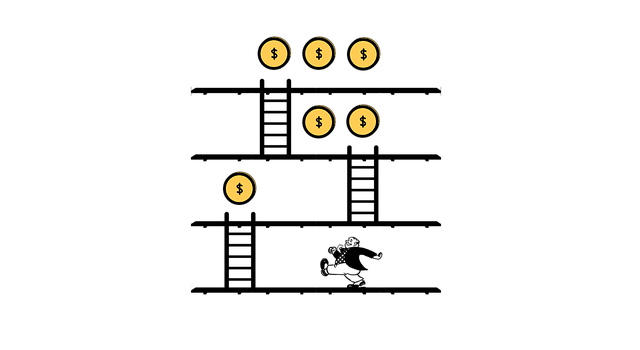Gamification: How to Use Game-Based Learning in the Classroom

Video game developers have become very effective over the years at getting players addicted to their products, much like gambling gets its hooks into people. But while gambling and games get you hooked into potentially harmful habits, the ways by which they entice people to become addicted have the possibility to be extremely helpful in a positive and productive way when used in the right setting and with the right purpose. In the following article, we’ll explore how games are able to be so addictive, how gamifying learning can be effective for teaching, and how you can use reward based systems in the classroom. If you are at all concerned about security when downloading and installing games on workstations, make sure you have McAfee on your computer.
Games use a reward feedback system to encourage continual play. A sense of progress and growth keeps people coming back because they feel good when they accomplish something. Kids (and adults) play addictive games and become so obsessed that they buy hosting just to brag about what they’ve done, or rant about what they can’t do. Think about why gamers sink so many hours playing Call of Duty, or Skyrim, or even Flappy Bird. These games give such a great feeling of progress and power, that in turn send a rush of endorphins to the brain. Many games used to give out points for doing well, and although over the years the progression systems in games have evolved and now is often much more complex than simply receiving points, the basic concept has remained the same; keep trying, do well, and you will get a reward. Games encourage engagement at their core, and in the past years, it has been shown that schools could really use this same engagement; dropout rates have been climbing in the past decade. Gaming concepts can help with this too, as a big part of games is that they teach that failure is something to be overcome. Could the reward concepts in gaming be applied in a classroom to encourage children to try and do well in school?
Gamification is Already Happening in Classrooms Around the World:
Well, they already are in some ways. Think about it. It’s quite a common practice among early years teachers to give well-behaved students with small prizes, like stickers, or points on a board, or something similar. This is what we can call ‘gamifying the classroom‘. It’s a very effective way to help motivate kids, because they are so receptive to positive reinforcement and enjoy progression. Some sort of prizes akin to these stickers is important, though, not all students perceive good grades to be an interesting bonus for good performance, you’ll be hard pressed to find a young child that wouldn’t find a more tangible feedback system like this unengaging. Systems like these are indeed effective a learning environment and are a spectacular way to help motivate kids.
The most basic way to gamify a class is a way we’ve already discussed: stickers. It’s a simple system that young children will enjoy, and it can easily be incorporated by instructors. By giving students stickers on a board, you introduce a real, tangible sense of progression. Of course, as kids grow older, they’ll become less intrigued by stickers. Thankfully, there are also ways to gamify learning environments that are engaging and fun for older students as well. I had a teacher in high school who used a reward system that I consider to be very useful. In his class he’d offer us difficult bonus questions that required us to take our own time and work out ourselves. For each of these questions we completed, he’d let us as a couple percentage points to any test mark we’d like. Systems like that don’t have to use better grades as a reward, though.Candy has proved itself to be a reliable motivator plenty of times throughout my time in school. Of course, rewards don’t even necessarily need to be included. Introducing competitive elements into the can lead to increased student motivation. Using a leaderboard system so students can track who is doing best can be an incredibly strong inspiration to some participants, especially teens. While competitions should not become too major a part of a class, lest ill-performing students become discouraged, they can definitely be a strong tool to motivate learning. An awesome way to avoid this pitfall when using leaderboards is to only show the top few student son said leaderboard, so that those on the bottom don’t feel bad. Basically, it’s all about rewarding students when they are helpful, well behaved, and show effort.
Video games can teach us great ways to motivate students to help the learning process. Gamifying the classroom is a spectacular way to engage students, no matter how old they are, and it’s amazing how quickly results can be observed. It’s really easy for instructors to implement a reward system that can improve both the learning experience of students and their behaviour. Active learning is more potent than its passive counterpart, and transferring video game concepts from the screen to the classroom is a great way to inspire students.